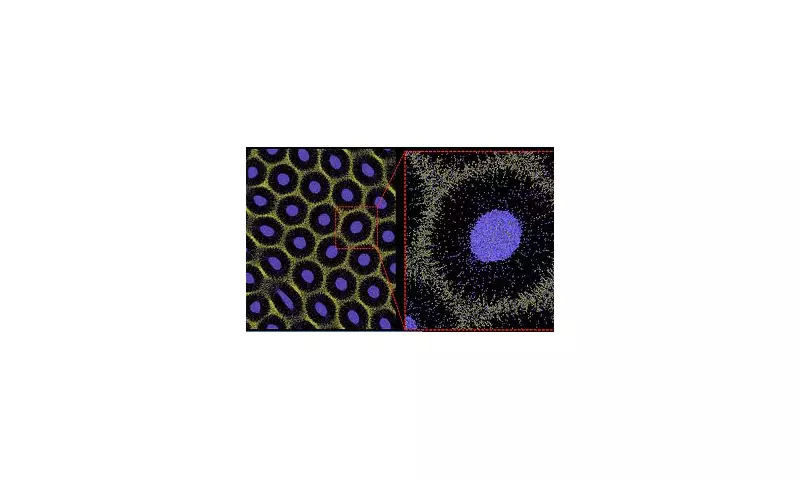
For decades, the mesmerising patterns adorning the animal kingdom - from the leopard's distinctive spots to the zebra's bold stripes - have captivated scientists and nature lovers alike. Now, researchers from the University of Edinburgh have unravelled the mathematical mystery behind nature's most stunning designs.
The Turing Pattern Revolution
The breakthrough builds upon revolutionary work by British mathematician Alan Turing, who in the 1950s proposed that simple chemical reactions could create complex patterns through what he called "reaction-diffusion" systems. Turing suggested that two substances - an activator that creates patterns and an inhibitor that suppresses them - could interact to produce everything from spots to stripes.
Dr. Andrew Krause, from the University of Edinburgh's Department of Mathematical Sciences, explains: "What Turing revealed was that you don't need complex genetic blueprints for every spot or stripe. Simple mathematical principles can generate incredible complexity through natural processes."
From Theory to Biological Reality
While Turing's theory was mathematically sound, proving its application in living organisms has remained challenging until now. The Edinburgh team's research demonstrates how these patterns emerge during embryonic development, where chemical signals interact across growing tissue.
"During development, an animal's skin cells communicate through molecular signals," says Dr. Krause. "Some cells produce activating chemicals that initiate pattern formation, while others create inhibitors that prevent pattern development nearby. This push-and-pull creates the regular spacing we see in nature's designs."
Why Patterns Matter Beyond Beauty
These natural patterns serve crucial survival functions beyond mere aesthetics:
- Camouflage: Leopard spots break up their outline in dappled forest light
- Temperature regulation: Some patterns may help with heat management
- Species recognition: Distinct markings aid in identifying mates
- Predator confusion: Zebra stripes may dazzle pursuing predators
The Universal Pattern Language
The implications extend far beyond mammalian coats. The same mathematical principles appear to govern pattern formation across the natural world:
From the spiral arrangements on seashells to the intricate designs on tropical fish, Turing patterns represent a universal language of biological design. Even the arrangement of feathers on birds and scales on reptiles may follow these same mathematical rules.
Dr. Krause emphasises the broader significance: "Understanding these patterns isn't just about solving a scientific curiosity. It helps us comprehend the fundamental processes of development and evolution that shape all living things."
This research opens new pathways for understanding congenital conditions in humans and may inspire innovations in materials science and camouflage technology, proving that nature's patterns hold secrets that extend far beyond their surface beauty.





